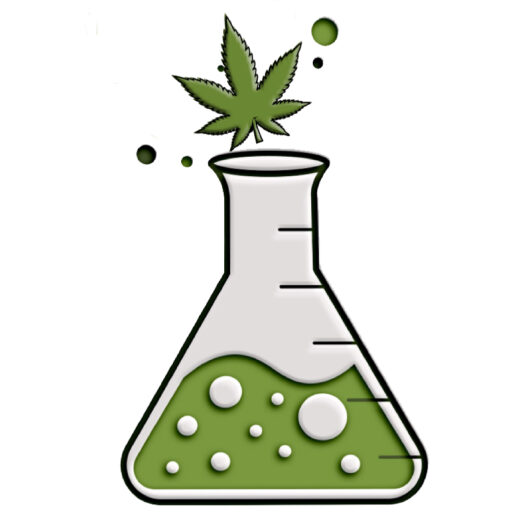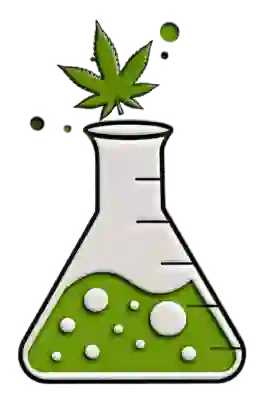Urea in skincare products is big business, and you can see a lot of hand and foot cream products on the shelves with varying percentages of urea. This led to a request for me to teach a group how to make their own urea foot cream. One of the students jokingly suggested that the urea in our foot cream came from urine, which led me needing to explain the interesting history and science behind urea.
Table of Contents
Chemistry & Origins of Urea in Skincare
Urea is a fascinating compound. It is produced naturally in our bodies and is a byproduct formed when our bodies break down proteins during digestion. When we consume protein-rich foods, our bodies metabolise them, and urea is produced as a waste product. This waste is then excreted through urine. So, is urea urine? Not quite. Urea is a component of urine, but it is not urine itself.
For cosmetic use, it’s a colourless or white crystalline powder, that is also called Carbamide, although the INCI is still Urea. Modern methods involve converting ammonia through a process known as Wöhler synthesis. This method creates synthetic urea, which is much more acceptable in our daily lives. It’s a relief that we no longer use urine in skincare products!
Historical Usage of Urine
Now, let’s take a step back in time. Did you know that urine has been used in various industries for centuries? In early Victorian England, urine was actually a commodity! People would sell their urine to dealers who used it in the leather tanning industry.
Only the very poor experienced this, resulting in phrases like “piss-poor”, and if they were desperately poor, they “couldn’t afford a pot to piss in”. These became common phrases, and the sayings still linger today, though many don’t know their origin.
It does make me think, though. Horse urine was also a key ingredient in cosmetics. Don’t ask me how someone discovered that, and did they try the neighbour’s cow first and find it wasn’t so good? Who knows? Some of these historical facts baffle me.
What Makes Urea Special?
First off, urea is a powerful humectant. It draws moisture into the skin, boosting hydration in the top layer. It also helps to retain that moisture, keeping teh skin hydrated and flexible. Sounds great, right? But here’s the catch: it does this job extremely well. You might be wondering, “Is it the best moisturiser for face creams?” The answer is a resounding no. Why? Because it can be much too harsh for some skin types.
In my experience, urea works wonders in foot creams. It helps soften hard skin and cracked heels, making them feel smooth and rejuvenated. I once created a batch of foot cream that was so effective, I actually went down a shoe size! That’s a testament to how well it works.
Men’s Skin vs. Women’s Skin
Let’s take a closer look at men’s skin. It’s typically coarser and thicker than women’s skin. So, you might ask, “Is this the best face moisturiser for men?” or “What about oily skin?” Again, the answer is no. Urea can be too harsh for these purposes. It can lead to irritation or dryness instead of the desired hydration.
By now, you might have figured out that urea is also not the best moisturiser for sensitive skin. Why? It’s the same reason as before. The intense hydration can disrupt the skin barrier, leading to irritation. If you have sensitive skin, you need to be cautious with products containing urea.
Where Is Urea Beneficial?
So, where is urea actually good to use? It truly stands out in foot creams. I formulated a foot cream for my book, *Off Your Face Creams* that combines urea with cannabis very effectively. Typically, I recommend using it between 5% and 10% in a formulation.
It’s incredible for transforming rough skin on your feet into something soft and smooth. Are you struggling with rough patches and cracked heels? Urea effectively softens the skin, facilitating the gradual shedding of dead skin cells.

Managing Urea in Skincare Formulations
It’s important to manage urea in skincare formulations correctly. It can change the acid balance of the cream, making it unstable and prone to splitting or separation. Generally speaking, it needs a very strong emulsifier to hold it all together. You can read this blog post about Cosmetic Emulsifiers That Work With Cannabis. However, I’ve figured out how to add cannabis-infused oil to it, as well as keeping it stable.
Cannabis is a great antioxidant and anti-inflammatory agent. If the strain is a good source of CBD, this interacts with the CB1 and CB2 receptors of the endocannabinoid system, the TRPV1 receptors, which are involved in pain sensation, and the Glycine receptors, which play a role in pain signalling.
A cannabis-infused foot cream can be a really good at easing the pain of aching feet and joints, while keeping your tootsies in tip-top condition! If cannabis isn’t legal where you live, don’t worry! The foot cream is just as effective without it; it’s just not as much fun!
Beyond Feet and Into Body Care
Urea isn’t just for feet, though. It has some fantastic alternative uses in body care. For example, it can be beneficial for areas of the body that tend to get dry, like elbows and knees. It can help soften rough patches and keep the skin hydrated.
Some people have found success using urea in skincare products for conditions like psoriasis or eczema. It’s important to note, however, that while urea is effective, it should be used with caution on sensitive areas. Always do a patch test first!
Conclusion
Urea is a powerful ingredient, but it’s not for everyone. It’s essential to consider your skin type before diving into products containing urea. While it can work wonders for certain areas, like the feet, it may not be suitable for your face or sensitive skin. Always choose wisely!

If you liked this blog post, I would love it if you shared it with a friend.
If you use Pinterest, please pin this post.
*As a POT by NOIDS affiliate, I earn from qualifying purchases.
*As an Amazon Associate, I earn from qualifying purchases.








